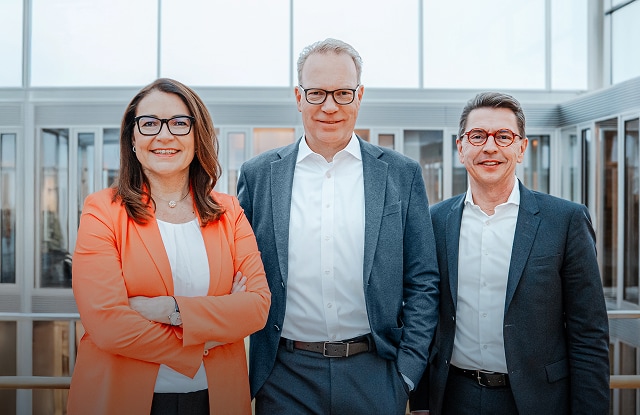E2 Pollution
| Pollution of air | |||
| Impact materiality | Upstream value chain | Negative impact | Time horizon |
|
Long-term | ||
| Downstream value chain | Negative impact | Time horizon | |
|
Long-term | ||
| Positive impact | Time horizon | ||
|
Long-term | ||
| Pollution of water | |||
| Impact materiality | Upstream value chain | Negative impact | Time horizon |
|
Long-term | ||
The assessment of material impacts, risks and opportunities related to environmental pollution was carried out on the basis of Zeppelin's business activities, but not in relation to all individual sites. The process and the relevant stakeholders are outlined in ESRS 2.
Management of impacts, risks and opportunities
Policies
As part of its sustainability strategy, the Zeppelin Group is committed to preserving and protecting biodiversity and ensuring high air and water quality. This commitment is made to safeguard people's livelihoods and thus the long-term success of the company and the basis for ecologically responsible business practices. For Zeppelin, sustainable corporate management means, among other things, using the planet's natural resources responsibly and promoting social justice along the entire value chain. The EU Biodiversity Strategy, which aims to restore biodiversity by 2030, is also a central element of the initiative. The Zeppelin Group is therefore committed to this:
- To promote biodiversity and control air and water pollution along the upstream value chain by working exclusively with suppliers who comply with Zeppelin's "Supplier Code of Conduct." This code includes specific requirements for the established environmental standards of the respective supplier;
- It is of the utmost importance to avoid any activity that could potentially lead to deforestation along the supply chain, particularly during the production and manufacturing of relevant products. Instead, we must promote sustainable utilization methods that facilitate the natural regrowth of resources and raw materials;
- The company is committed to promoting biodiversity at its operating sites. This initiative will be pursued within the scope of available possibilities and taking into account economic, social, and ecological aspects;
- The company is committed to ensuring air quality. To that end, it is working towards achieving greenhouse gas (GHG) neutrality in its own business operations. It will achieve this by leveraging available and economically justifiable options;
- It is imperative to refrain from entering into any business relationship or other remunerated cooperation with customers, end users, etc. that significantly contribute to a substantial reduction in biodiversity, the destruction of ecosystems, or serious air pollution, where permissible and justifiable. Instead, sustainable forms of land use should be promoted as far as possible;
- In the event that we become aware of environmental damage or the potential for significant environmental damage in the upstream and downstream value chains, we will implement remedial and, if necessary, preventive measures in cooperation with the respective business partners. This could result in the termination of the business relationship.
The voluntary commitment, target definition, and measures are contained in the Group-wide process description "Biodiversity and air and water pollution control." This description is available to all employees via the intranet (CSR department).
Zeppelin's strategy for environmental stewardship involves implementing the "avoid - minimize - restore" approach across all operational areas to safeguard biodiversity and ensure the integrity of air and water resources. This means that any potentially serious negative impact should ideally be avoided from the outset, as ecosystems interact with each other in complex ways and any measure can interfere with and possibly disrupt natural systems.
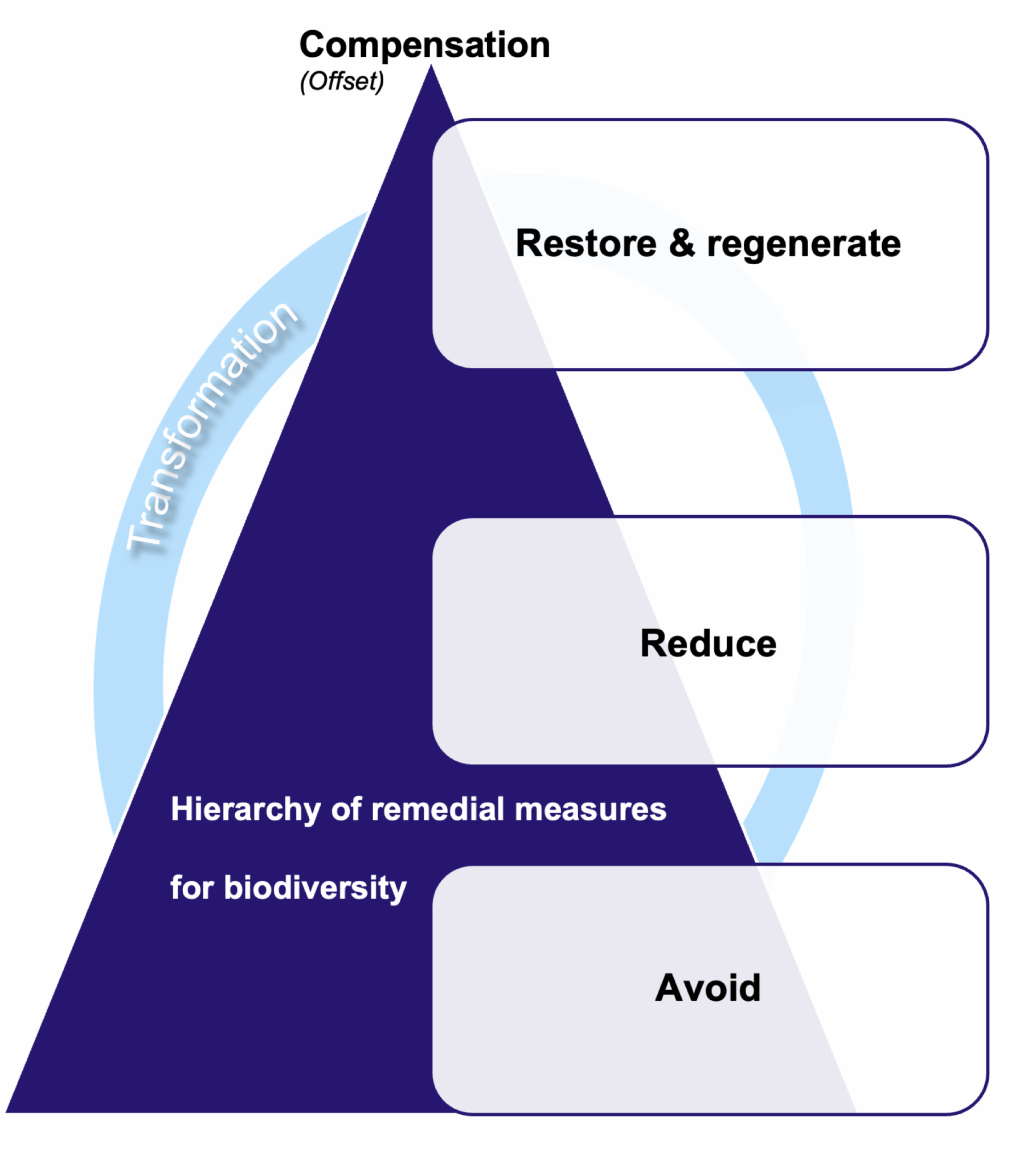
It is also our objective to prevent emergency situations from arising, thereby avoiding adverse environmental and health effects, as well as other material damage. The respective management is responsible for providing the necessary personnel, organizational, and technical requirements for correct conduct in the event of an emergency. Emergency management is a process that can be broken down into the following key steps. Depending on the company, there may be additional steps that need to be taken.
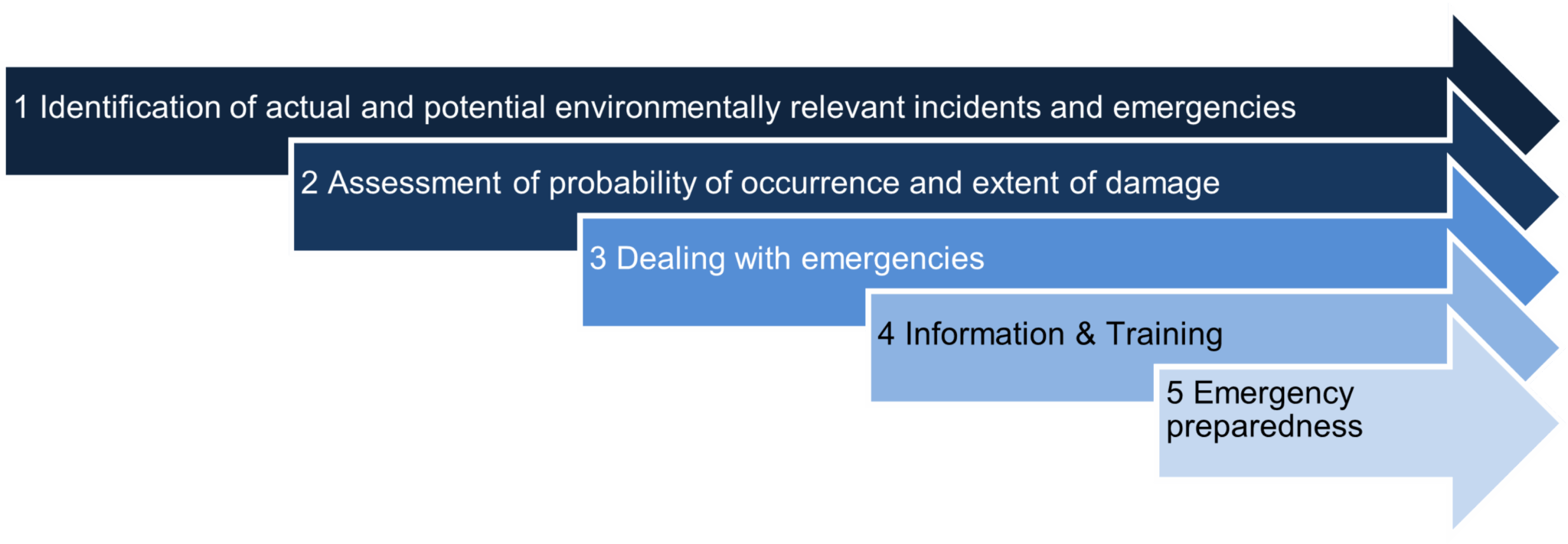
If avoidance cannot be prevented, the aim is to minimize the potential negative impacts and, if necessary, to remedy any damage that has occurred through restoration measures. Compensatory measures are the final option for eliminating negative impacts, and Zeppelin does not currently utilize them.
Actions
Zeppelin is currently implementing measures to prevent and minimize environmental pollution in its own business area. In line with the environmental management system (ISO 14001), a number of site-specific environmental protection measures have been implemented, including the transition to biodegradable cleaning agents, behavior-related training initiatives, and the adoption of reusable containers and systems. Our service portfolio also includes services to prevent environmental pollution, such as carrying out oil diagnostics to detect imminent damage or leaks, minimizing wear and tear, etc. As part of the materiality analysis, which was extended to the upstream and downstream value chain for the first time, Zeppelin has identified impacts that are being addressed with the following action plan. These measures are based on the "Avoid" remedy level and aim to prevent air and water pollution and the associated emissions along the upstream and downstream value chain, to the greatest extent possible. The measures listed are not associated with significant capital expenditures or increases in operating expenditures.
| Goal | Key action | Expected results/ Contribution to target achievement | Scope | Time horizon | Remedial measures (if relevant) |
|---|---|---|---|---|---|
| Prevent and reduce air pollution (upstream) |
|
|
Group | Permanent | Not relevant |
| Prevent and reduce air pollution (downstream) |
|
|
Group | Permanent | Not relevant |
| Prevent and reduce water pollution (upstream) |
|
|
Group | Permanent | Not relevant |
Progress 2024
- Process description
During the reporting period, the Group-wide process description "Biodiversity and air and water pollution control" was prepared and published internally. The company's internal rules and regulations further reinforce Zeppelin's commitment to environmental protection. - "Clean-up" initiatives at Zeppelin
On the occasion of the annual worldwide "World Clean-Up Day" and on other days during the reporting year, many Zeppelin employees around the world once again participated in joint waste collection campaigns.
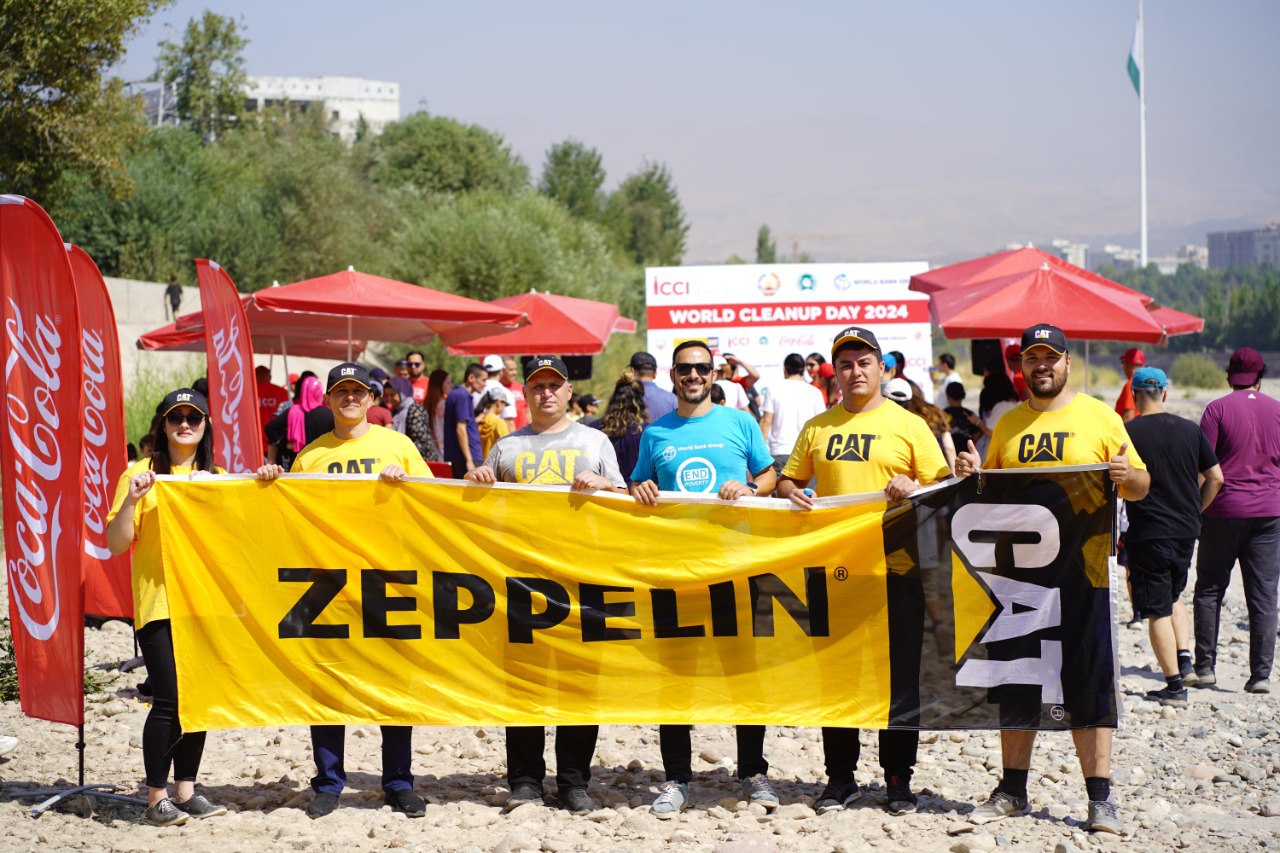
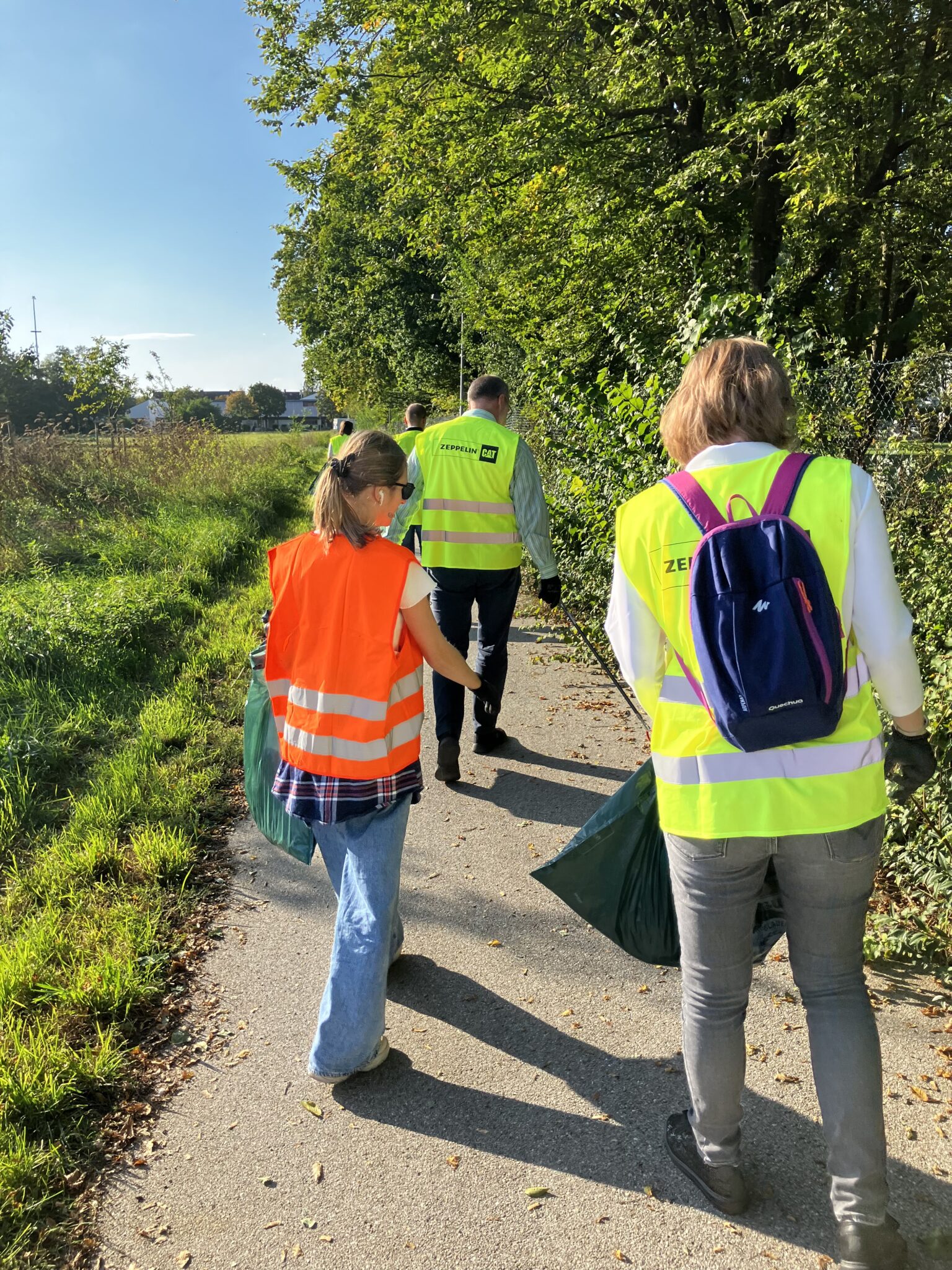
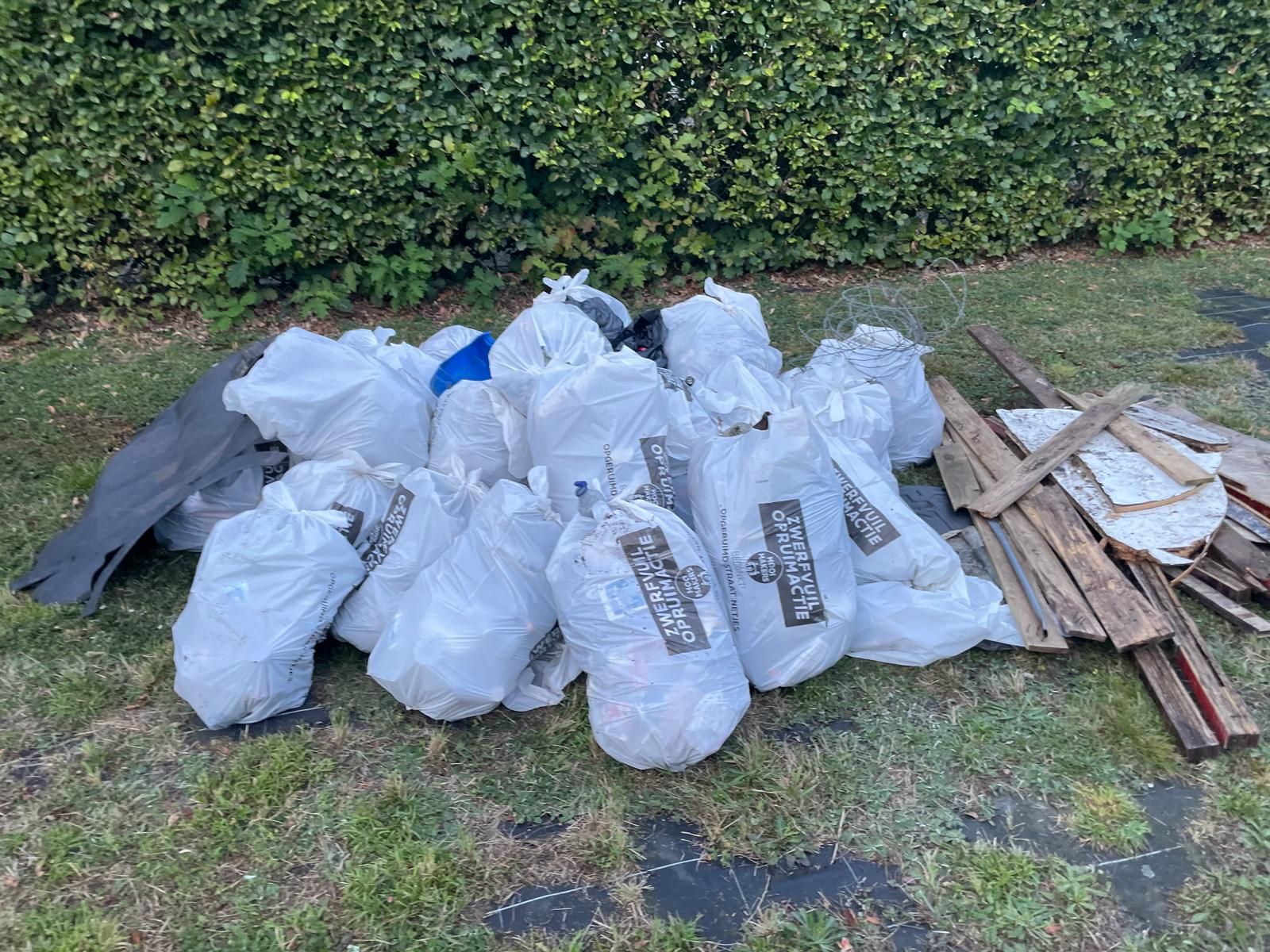
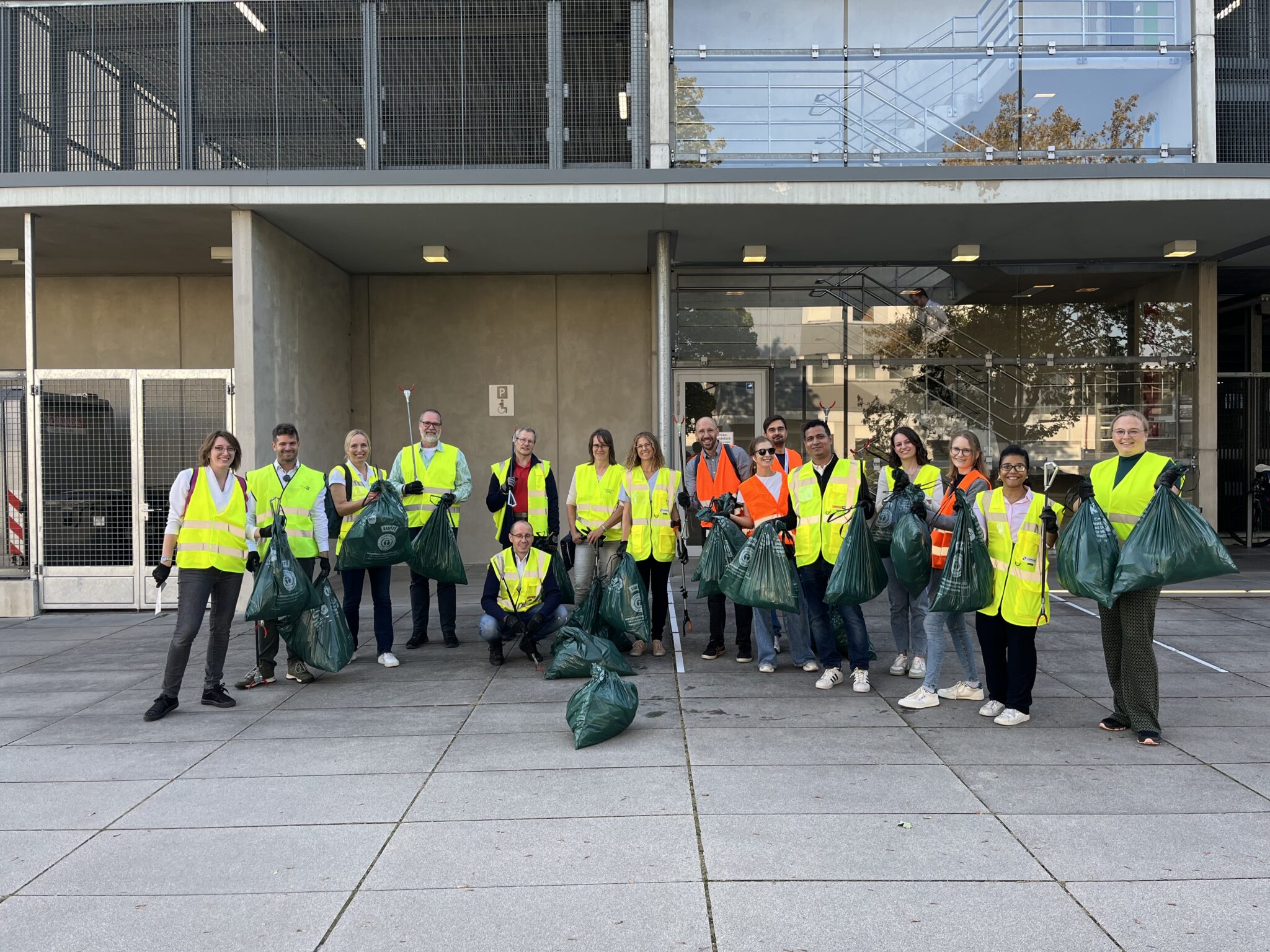
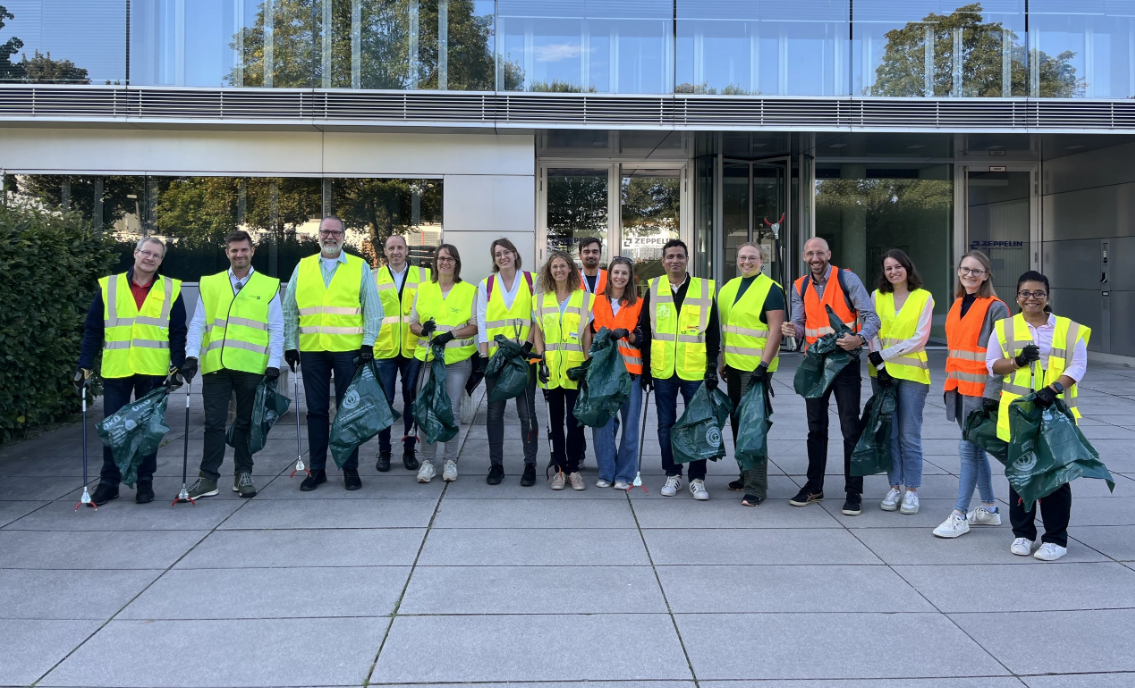
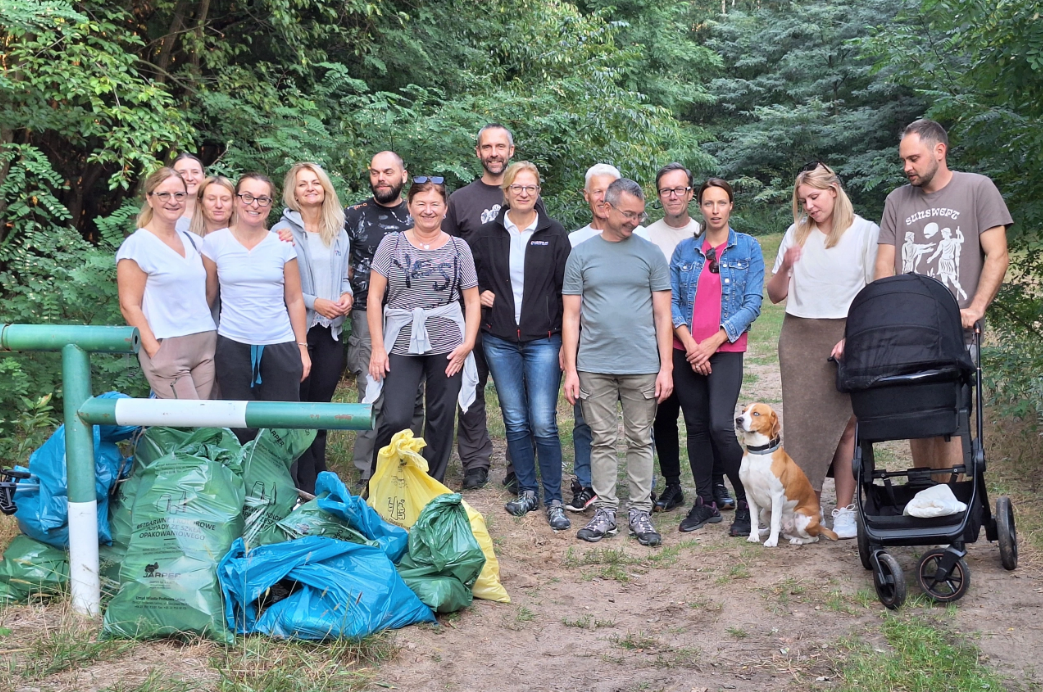
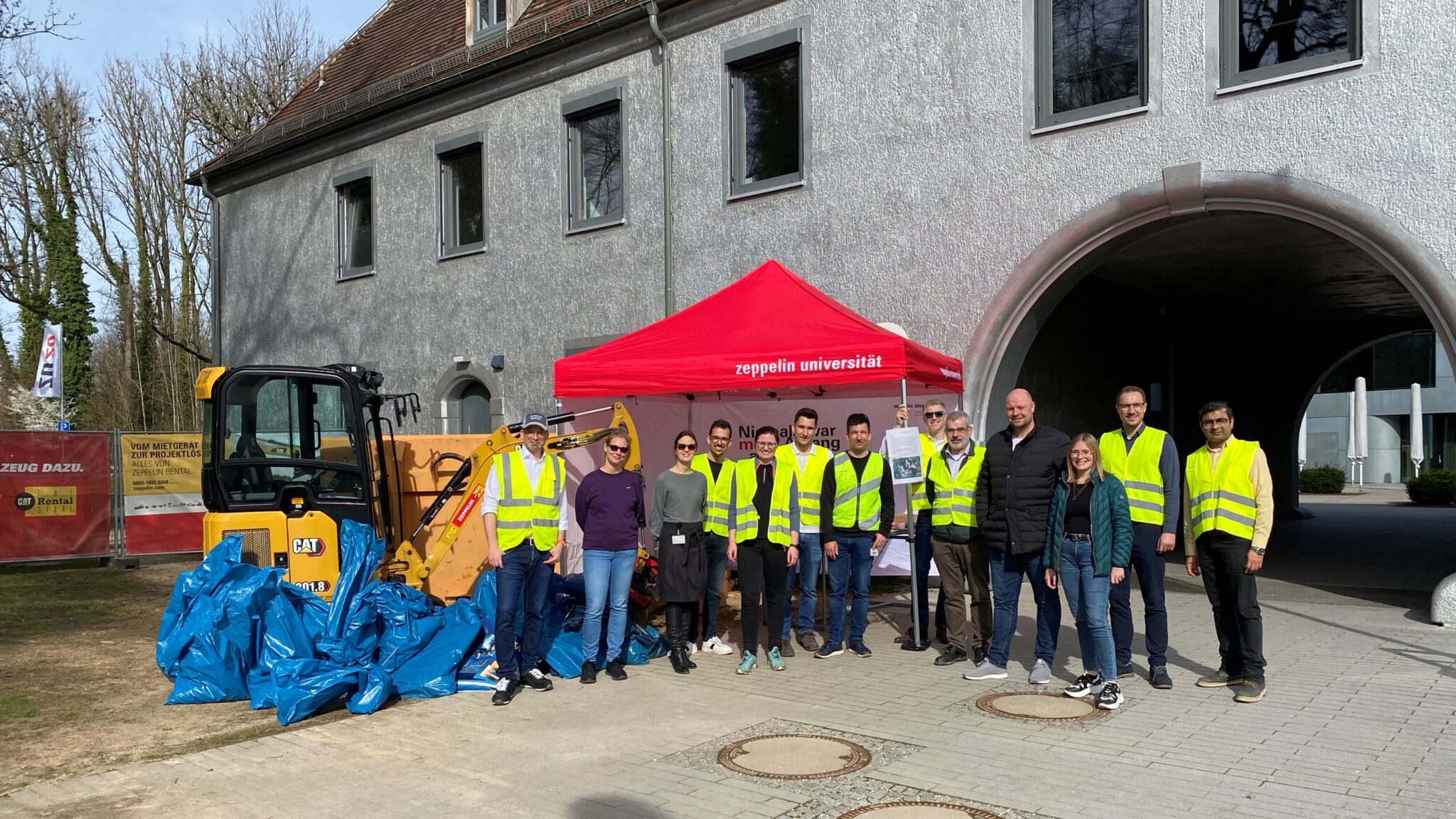
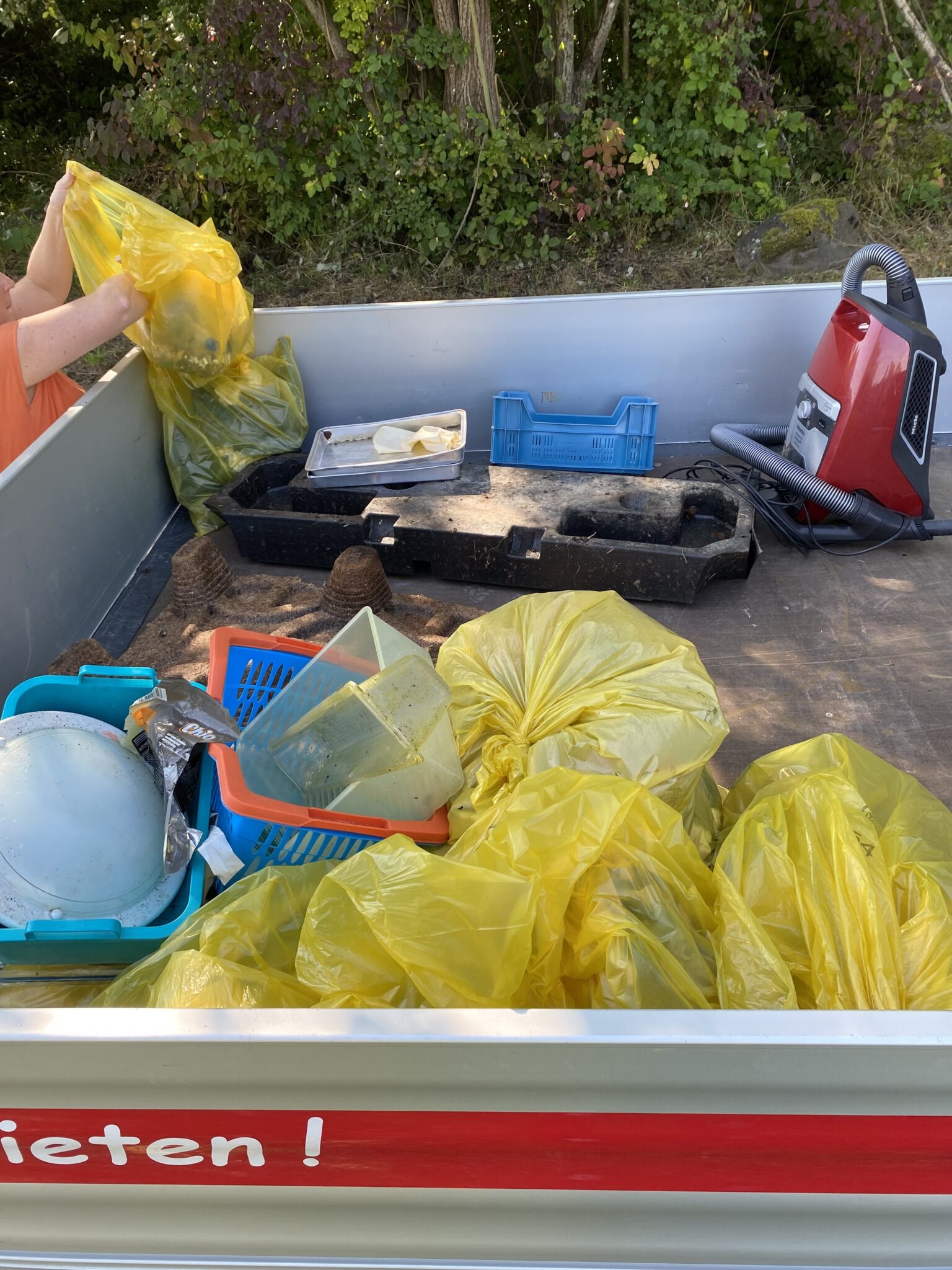
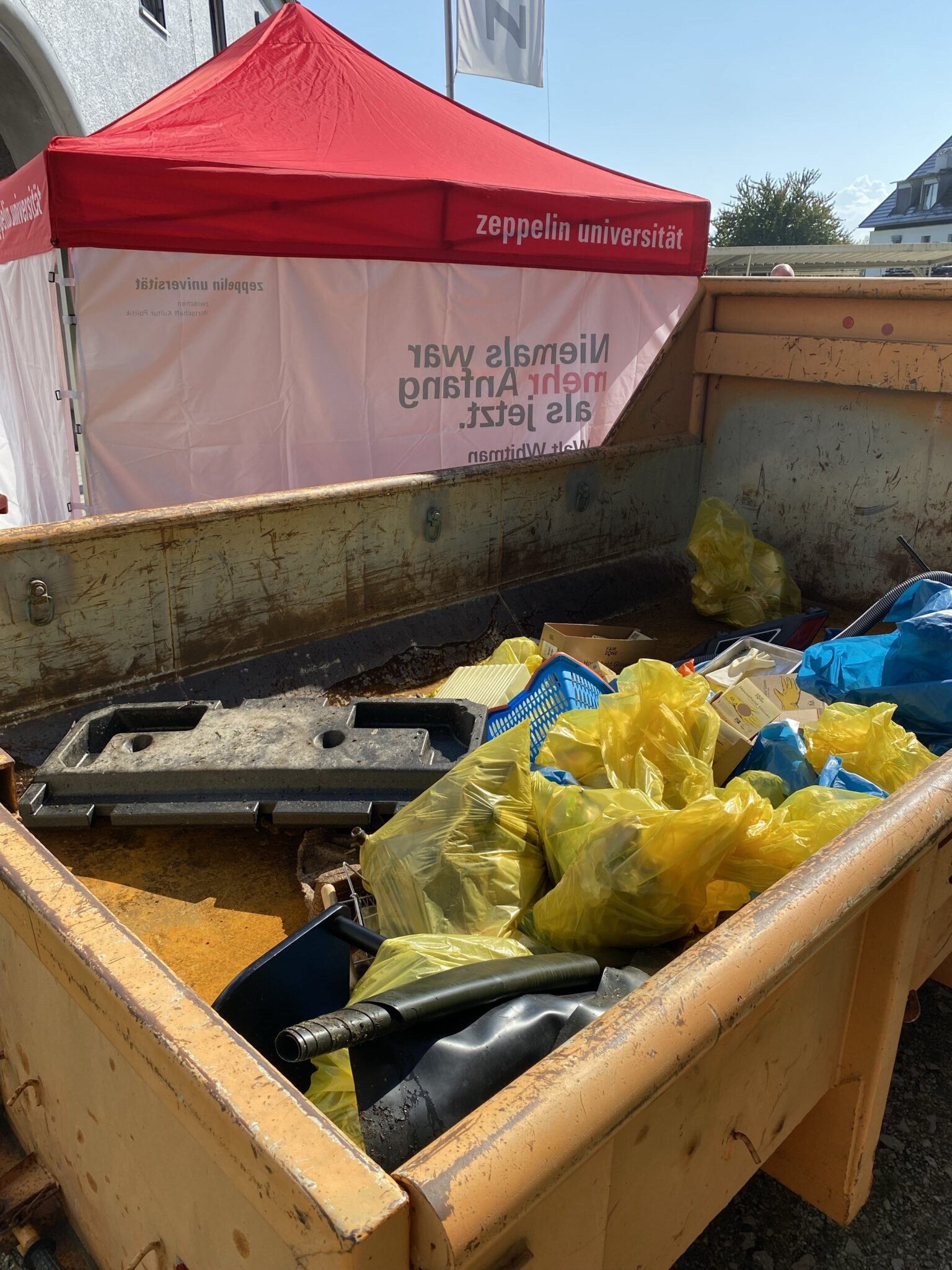
Targets and metrics
For the first time, the 2024 double materiality assessment identified environmental pollution in the upstream and downstream value chain as material. The Zeppelin Group has not yet defined any targets in this area, nor have any metrics been collected.

